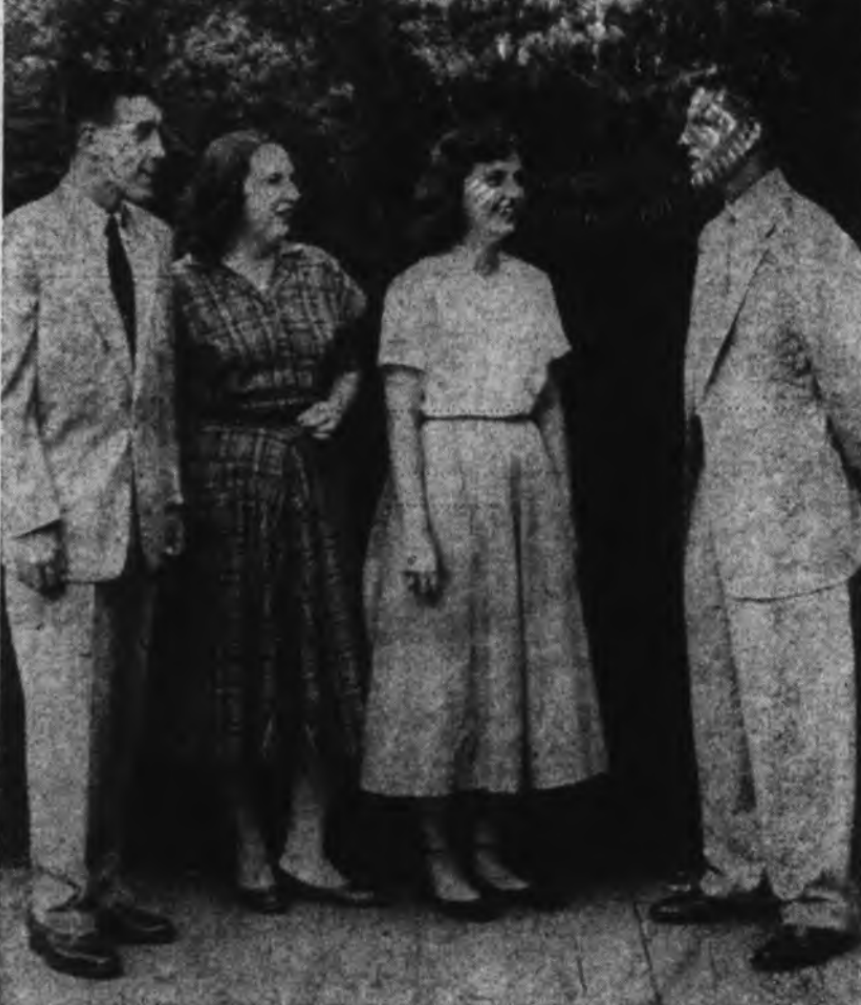The Founding (1954-1955)
The founding date of student self governance at Eastern is recognized as March 30, 1954. However, the planning for this day was set during the winter break of 1953-1954 by the Young Women’s/ Men’s Christian Association (YWCA-YMCA). Over the course of this break, the organization presented their idea to the presidents of each student organization on campus to establish a “Provisional Student Association.” The Eastern Progress also expressed approval for this idea, and proclaimed that, “The plan which evolved from this period of meditation is unquestionably the best ever to be submitted before the student body.”
When the day arrived, seven hundred and thirty three students voted in a campus wide referendum to approve a provisional constitution of what would become known as the Student Council. Of these voters, nearly seventy two percent voted in approval, a far greater margin than that which shot down the previous attempt at a constitution nearly sixteen years to the date on March 28, 1938. This approved constitution has since been lost to time, however it is known that it called for a primary and general election for an executive board of four officers in the spring, representative elections in the fall with nominees chosen by the classes, and a twenty-five cent fee to be paid by all members of the student body for use by the Student Council. The executive board offices would be as follows: President, Vice President, Treasurer, and Secretary. It also created an elections committee to oversee the process, composed of representatives from each class. The original elections committee was composed of seniors Wanda Smyth and Martha Thornton, junior Georgia Williams, sophomores Richard Norris and Ruth Anderson, and freshman Doris Edwards and Tommy Clouse.
The first primary election, held on May 3 and May 4. Each office had competition except for Treasurer. Two candidates were eliminated following the primary election: Jim Snow and Wally Sullivan for President, and Floyd Bryant for Vice President. Jane McDonald, a junior, was the only student to run for Treasurer, and thus was inaugurated to the position alongside the other elected officers during the last week of the spring semester.
The final election would be held on May 10 through May 11, and would see six candidates face off for three offices. For President, the race was between Ron Coffman and Harry Stigall. The latter was recorded as being a member of the initial constitution approval movement, and the former was a highly involved member of the campus community. For Vice President, the race was between Betty Pack and “Ozzie” Wolford. For Secretary, the race was between Joy McCreary and Kitty Wright.
On May 10, 1954, six hundred students voted. Ron Coffman was elected as the first President of Eastern’s student government, and would serve alongside Vice President “Ozzie” Wolford, Treasurer Jane McDonald, and Secretary Kitty Wright (pictured below).
(left-to-right Vice President "Ozzie" Wolford, Treasurer Jane McDonald, Secretary Kitty Wright, President Ron Coffman)
Following the beginning of the new academic year that fall, the Student Council hit the ground running with new ideas and initiatives for the functioning of their body. Committees were proposed, constitutional amendments were discussed, and University President William F. O’Donnell provided the Council with an office space in the basement of the Roark Building. The first Council representative elections were held on October 6.
Each class president formed a nomination committee to select their class’s nominees for election to the Student Council. The inaugural Student Council of elected representatives were as follows: Seniors Roger Stephens, Ronnie Smiley, Bonnie Baldwin, and Louise Gullady; Juniors Pete Northcutt, Billy Roy Murphy, Betty Pack, and Jane Deatherage; Sophomores Joy Kitson, Mitzi Muller, Lou McNabb, and William Wilkins; Freshman Fred Blair, Melvin Smithers, Fannie Herndon, and Barbara Tinch.
The first meeting of the Student Council took place on October 11, and would take place once per month as opposed to the Executive Board meeting once per week. Their first initiative was to increase student attendance at assemblies, however they passed a number of other resolutions throughout the year addressing issues such as visitation hours, parking, and class registration. These efforts weren't without their controversy, as one professor who attended a spring meeting told the body they should tackle more impactful issues.
